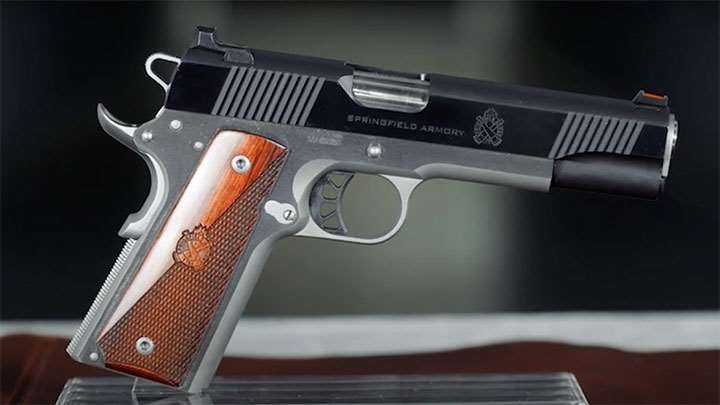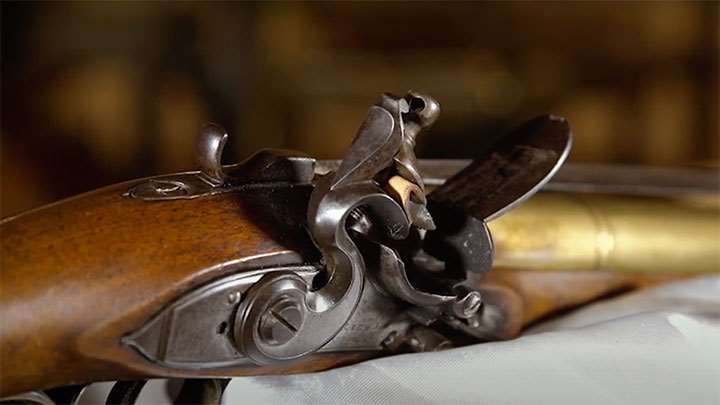On "Rifleman Review," we take a look at the Springfield Armory Ronin Operator, an updated 1911 handgun design with some nice features for the price. On "I Have This Old Gun," we're examining the British Blunderbuss which was a flintlock shotgun type firearm designed with a shorter barrel and intended for self defense use.

The first three rules of safe gun handling are "ALWAYS keep the gun pointed in a safe direction, keep your finger off the trigger until ready to shoot and keep the gun unloaded until ready to use." These three are the primary rules of firearm safety, and are a basis for basic safety with other aspects if firearm handling rules regarding safe shooting and firearm storage.
Building off of these aforementioned three rules in regards to shooting is "know your target and what is beyond." For safety, a responsible firearm user should know the whereabouts of an intended target and what is sitting behind it in the line of fire. This is to avoid striking anything that is not intended to be shot. It is also to ensure that the backstop being fired into is sufficient to stop the bullet and prevent it from ricocheting.

Springfield Armory based in Geneseo, Ill., has built a reputation for making high quality modern 1911 handgun designs. It's Ronin line of 1911s are no exception, with the latest addition being the two-toned Ronin Operator. The Ronin Operator is a full size 5" barreled all-metal-framed handgun available in both 9 mm and .45 ACP chambering.
The two different chambering options for the Ronin Operator only deviate by an ounce, with the 9 mm version weighing in at 41 ozs. while the .45 ACP version weighs 42 ozs. The magazine capacity is also only slightly off between the two versions, with a nine round capacity for the 9 mm version and an eight round capacity for the .45 ACP version.

The Blunderbuss, a name derived from the Dutch word "donderbus" which translates to "thunder pipe," is a short self defense arm developed sometime in the 17th century. It is a predecessor to what are known today as shotguns, as the Blunderbuss used a larger bore and multiple projectiles fired at once to create a scattered shot pattern. This was intended for use as a defensive weapon as the pattern of the shot decreased the need for more accurate aiming and was only effective at closer ranges.
Myths circulate of the Blunderbuss being loaded with random items including silverware, scrap iron and other random objects, however this wasn't done to avoid damaging the barrel and lead shot was loaded instead. The end of the muzzle was famously shaped slightly like a funnel to hep load in the lead shot. For the British, the Blunderbuss use as a defensive arm coincided with the rise of fine English gun making, as many of the British Blunderbusses of the period display fine craftsmanship.
To watch complete segments of past episodes of American Rifleman TV, go to americanrifleman.org/artv. For all-new episodes of ARTV, tune in Wednesday nights to Outdoor Channel 8:30 p.m. and 11:30 p.m. EST.
























